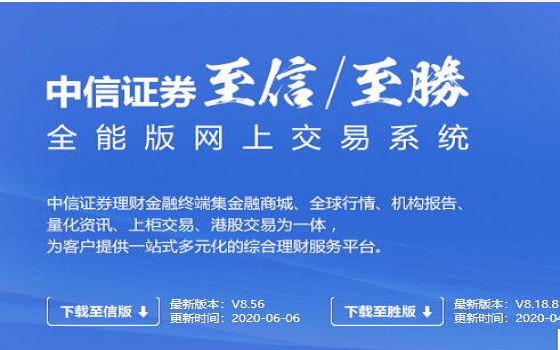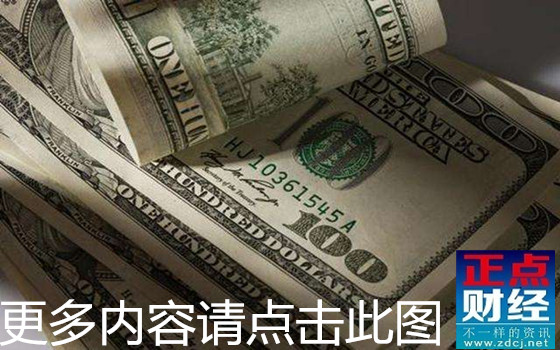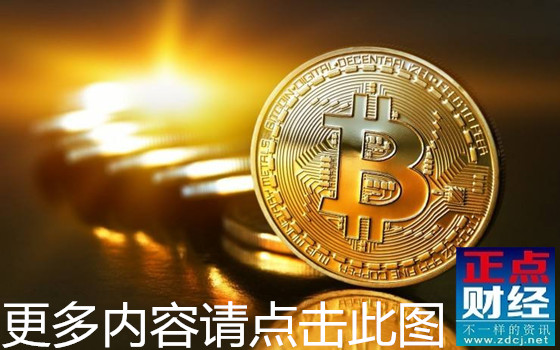Lens Technology:3D glass might not be as appealing a story as it appears
A mixed bag outlook for long term; maintain Hold
Glass back-cover and 3D glass are clear trends for near/mid-term The 3D glass upgrade should increase Lens’s product ASP but not necessarily boost its gross margin, given higher costs and lower production yield. Also, we think the captive account (Apple) will likely stick with 2.5D glass in 2018/2019. Lastly, for the long term, we see a potential over-supply risk, and rising threats from alternative materials (ceramic, sapphire, etc.). The arrival of foldable display (likely 2020 or 2021) might be negative for the glass maker too, as it requires a cover lens, made from film, instead of glass; maintain Hold.
Glass back-cover and 3D glass are clear trends for near/mid-term
Major Chinese OEMs have by now launched their 2018 flagship devices. As the market anticipated, most of them (Huawei P20, Vivo X21, Vivo NEX, Oppo R15, Xiaomi M8, etc.) have adopted the 3D glass back-cover design. We think the 3D glass trend will stay with high-end phones in 2019 as well. In general, ASPs of 3D glass could be 100% higher than that of 2.5D glass. But, on the flip side, its gross margin could be noticeably lower, due to longer cycle time, higher production costs and lower production yield (manufacturing complexity in the heating bending, chemical strengthening and decoration/coating processes).
Over-supply as a long-term risk - more competitor + alternative materials
For the past decade, the smartphone glass market has been a duopolistic one, dominated by Lens Tech and Biel Crystal. However, the fast adoption of glass back-cover and 3D glasses has drawn aggressive investments and capacity expansion from new competitors, like BYD Elec, AAC, O-Film, Victory Prevision, etc. Due to high entry barriers, they might not cause a dent in the near term, but some of them could emerge to become legitimate competitors by 2019 or 2020, given their solid relationship with tier-one OEMs and good track records in business expansion. Also, 3D glass might not be the only solution for high-end devices. Some might switch to ceramic, sapphire, or metallic plastic for back-cover materials. The potential long-term upgrade will be the foldable display, which requires the cover lens (i.e. the front cover) to be made from film rather than glass.
Valuation and risks
We cut 2018/19 EPS forecasts by 43%/40%, respectively, to reflect potential GPM decline, lack of upgrade in iPhone cover glass, and a 50% stock dividend (the stock dividend alone will reduce EPS by 33%). We hence lower our TP from CNY29.4 to CNY14. Our new TP is still based on 0.8x PEG, or 20x PER. 0.8x PEG is in line with regional peers. Upside/downside risks include: strong/weak iPhone demand, ASP hike/decline, and market share gain/loss.
- 璺�濞茶姤鍞囨鐔锋惂(002557)2021楠炲瓨濮ら崚鍡樼€介敍姘舵付濮瑰倽娴嗛弳鏍モ偓浣虹病閽€銉旈崑锟� 2022-04-12
- 璺�闂囪尪鎯€鐟佸懎顦鍌氬悍閼测槄绱伴悧褔鐝粭锟�(603908)閿涙俺顢戞稉姘剁烦婢讹拷2021楠炵繝绗熺紒鈺呯彯婢х偤鏆� 2022-04-12
- 璺�閻熺偠濮卞锟�(603893)閿涙矮楠囬崫浣圭箒閼版棾IOT 閹垫捇鈧姷鏁撻幀浣风秼缁拷 2022-04-12
- 璺�娑擃厽婀滄潪顖欐(688083)閿涙艾澧犻弲顖氱畭闂冿拷 娴滃搫鎲抽幍鈺佺炊 娑擃厾鐓張鐔剁瑹缂佲晜澹欓崢锟� 2022-04-12
- 璺�閸楁俺绺奸弬鐗堟綏(605376)閿涙岸鏅划澶夐獓閼宠姤瀵旂紒顓烆杻闂€锟� 閺傞楠囬崫浣界槑娴犻菙濮濄儲甯规潻锟� 2022-04-12
- 璺�鐎瑰繐浜曠粔鎴炲Η(688711)妫f牗顐肩憰鍡欐磰閿涙碍瀵旂紒顓炲絺閸旀稒鏌婇懗鑺ョ爱妫板棗鐓� 娑撴氨鍝楃€圭偟骞囪箛顐︹偓鐔奉杻闂€锟� 2022-04-12










